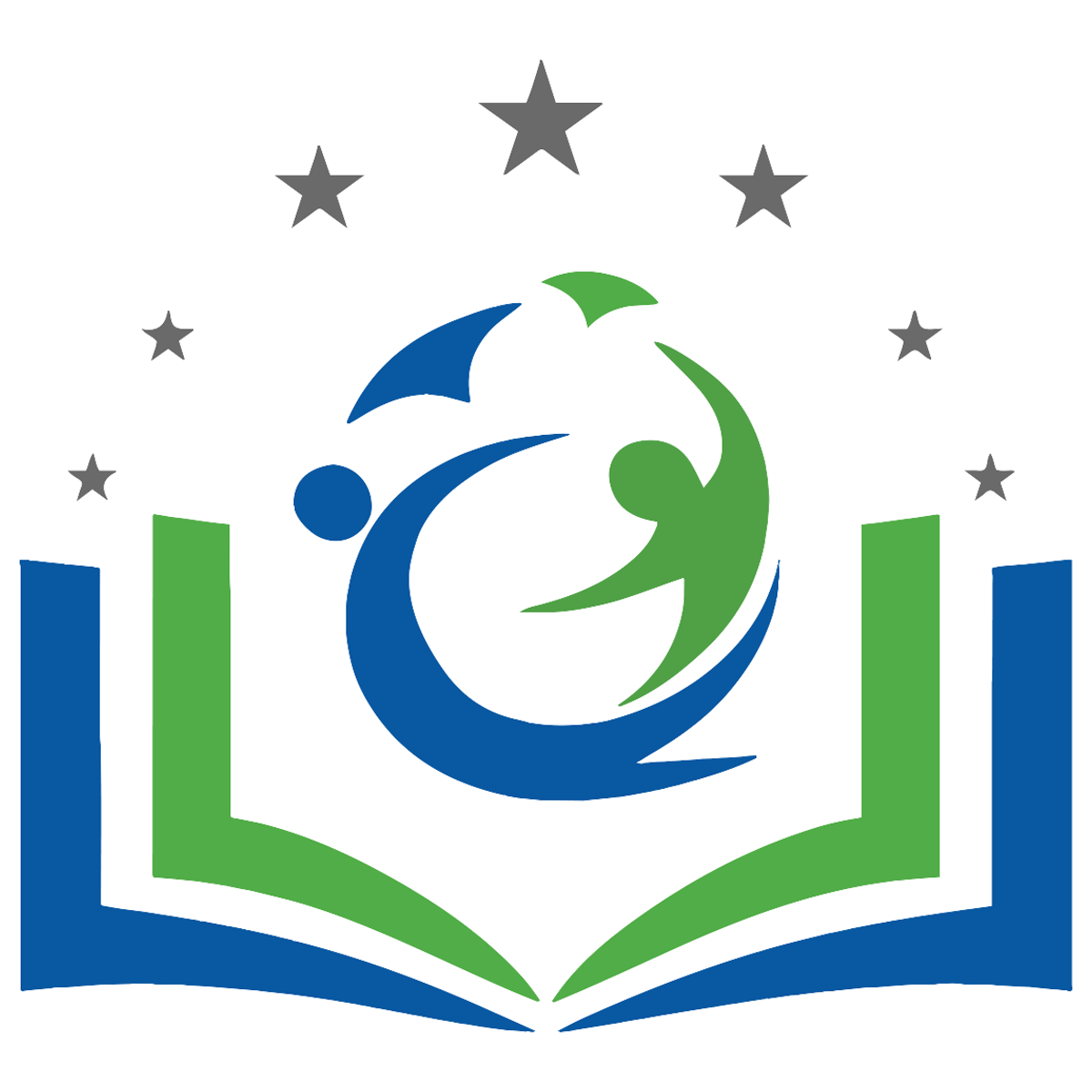It is one thing to try a new skill – it is another to learn it quickly and earn recognition for it.
However, the bigger lesson – the one that makes a positive difference – stretches beyond what these students have learned in class. It is about being vulnerable, taking chances and seeing what they can accomplish as a group.
Students in Emily Bohl’s Gator Chorale group from Goose Creek High were almost entirely new to music and/or singing when they started the class at the start of the spring semester. After less than eight weeks of learning how to sight read, these students managed to pull off “Superior” ratings in both performance and in sight reading when they were adjudicated at the SCMEA Choral Performance Assessment in March.
Who: Emily Bohl, Director of Choral Activities, and her Gator Chorale students ranging from ninth through 12th grade
Where: Goose Creek High
What: Bohl’s Gator Chorale group has worked on sight reading since the first day of class in January. Sight reading is the process of seeing, internally hearing and being able to sing written music. Students learn sight reading in unison and in parts – both items are part of the regular curriculum as well as the state standards for music literacy and choral music. Students need to know how to read music notes, what they sound like, and the relationship between them – and sing them on command.
Bohl was an instrumentalist first, and students learn to sight read in that way too, but the difference between sight reading as an instrumentalist and reading it as a vocalist is that if one is a skilled instrumentalist, then they know if they press the correct combination of keys or strings, they are going to get the pitch that they see written down. Singing is different because there are no keys to push or strings to play that emit said pitch; it is an oral skill. Bohl's students use solfège ("do", "re", "mi", etc.) to learn the relationships between those pitches.
Learning sight reading is an ongoing lesson for the students as they continue to practice in unison and in parts. They also practice sight reading music aside from their performance pieces.
Results: This is the third year Bohl has led the Gator Chorale class, and she said it continues to get better and better.
Every year, the South Carolina Music Educators Association – or SCMEA – holds choral performance assessments, an event where choirs are judged on their sight reading and performance abilities. Choirs’ scores range from “Poor” to “Superior with Distinction.”
As a non-varsity ensemble, Gator Chorale was not eligible to receive a Distinction rating – but they still got the highest score they could possibly get with the “Superior” rating.
Additionally, there is a bigger lesson here that goes beyond the state standard for reading music. Bohl said teachers have to remember that not all students have found their niche yet in terms of clubs, sports and activities at school, and this is just an example of a time where she had the opportunity of giving these students a taste of what it feels to be a part of a group and make a huge accomplishment.
“I think the lesson is you can do anything if you try,” she said. “I have always thought that. I try to create a classroom where kids believe that if they make a mistake it will be okay, and I think we do a good job of that because they’re willing to take risks – not just here, it crosses into the rest of their lives – and that’s what I care about the most.”

